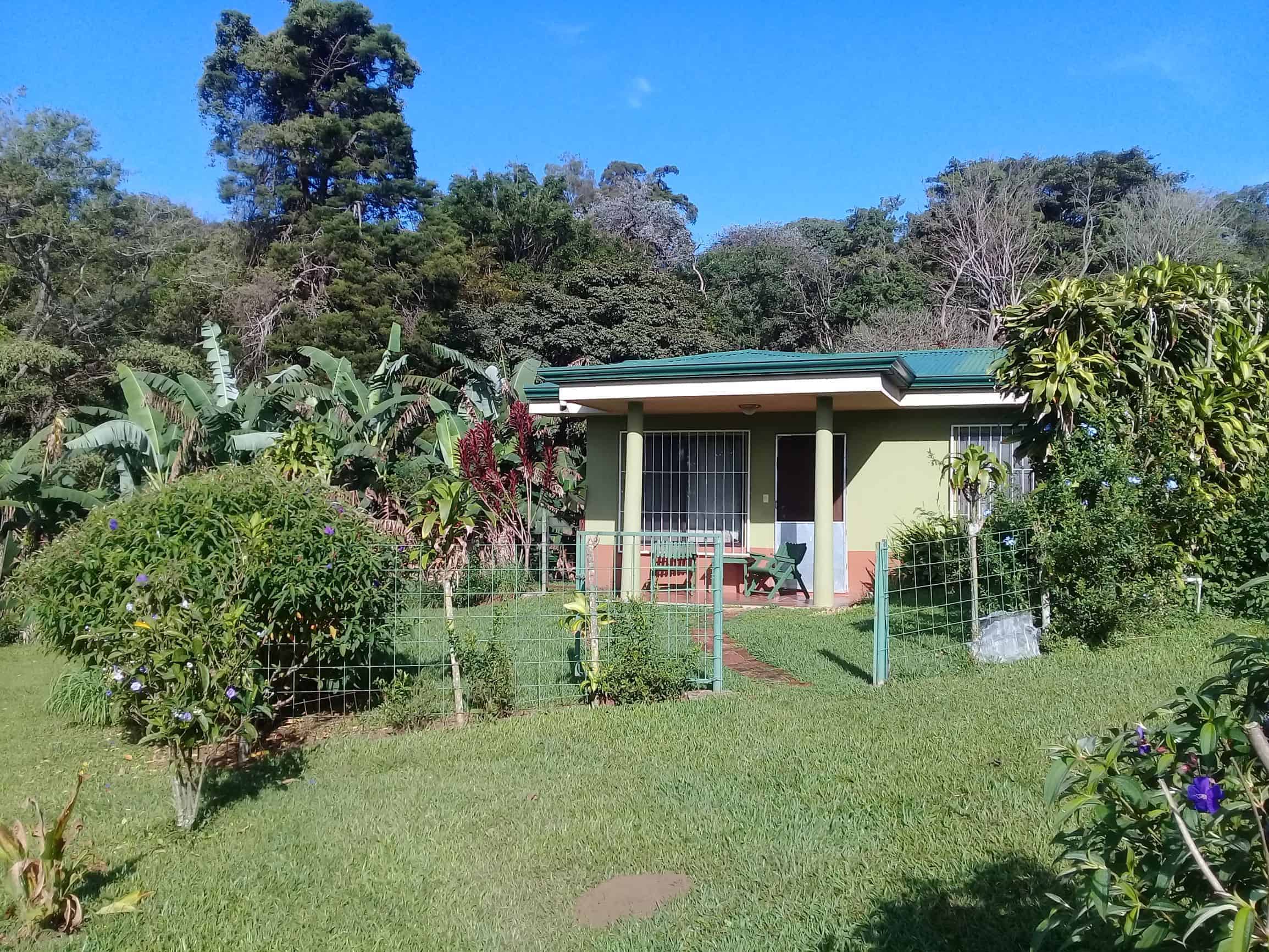A new report titled “Balance and Trends in the Housing Sector 2023,” presented by the Costa Rican Association of Engineers and Architects (CFIA) in partnership with the University of Costa Rica (UCR), reveals a stark disparity between current housing prices and the needs of Costa Rican households.
The report indicates that nearly 90% of housing solutions are designed to cater to just 30% of households, leaving the majority of the population without affordable housing options.
The UCR further highlights that low-income households are among the most severely impacted by the ongoing housing crisis. Specifically, there has been a significant decrease in the delivery of housing vouchers. In 2021, 11,428 housing vouchers were issued; however, this number dropped to 8,369 in 2022 and further declined to 8,222 in 2023. This represents a 36% average decrease compared to 2021, meaning over 7,000 families have lost the opportunity for adequate housing.
“Housing is a major concern for citizens, whether owned, rented, or through social interest bonds. This report is crucial for guiding authorities in creating policies that genuinely address this fundamental need,” said Olman Vargas Z., president of the General Board of Directors of the CFIA.
Vargas also highlighted the housing challenges within the Greater Metropolitan Area (GAM), noting, “There is a shortage of more than 148,000 homes, and it is urgent to address it. We must also focus on the GAM in terms of bonds, because we are in an increasingly populated area with less access to quality housing.”
Regarding the country’s housing stock, the report registers a total of 1,778,254 occupied individual housing units (VIO) for 2023, with approximately a quarter of these built with state financing through 421,014 family housing bonds.
The Central Region, which houses 62% of the population, also contains 65% of the country’s informal settlements—314 precarious communities sheltering over 120,000 people. Despite this, the Central Region has proportionally received the least amount of bonds, securing only 20% of the total number of family housing vouchers distributed across the country in the last decade.
The report also analyzed the housing market offerings in contrast to households grouped by income deciles according to ENAHO 2023. It concluded that almost 90% of the market’s housing solutions are designed for only 30% of households, leaving 70% of the country’s households without the opportunity to own a home.
Of the 203 housing projects analyzed, 54% fall within the $100,000 to $200,000 range, while only 3% offer solutions under $75,000. The lowest-priced apartment is available in Alajuela for $71,000, with a size of 52 m².






